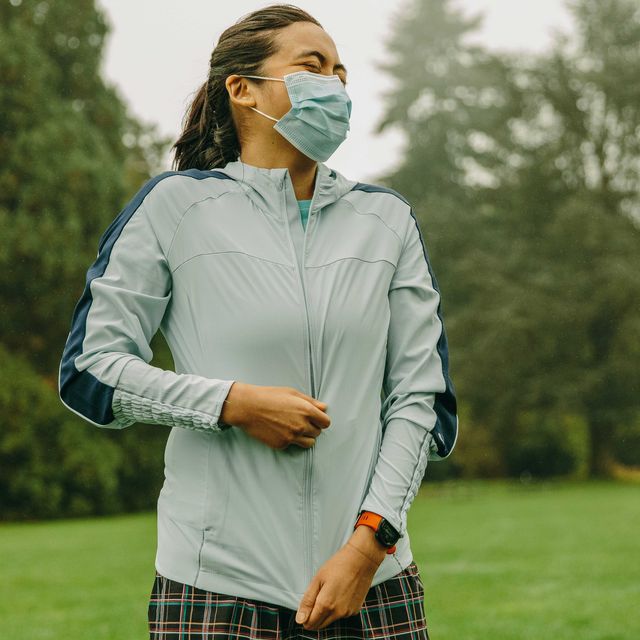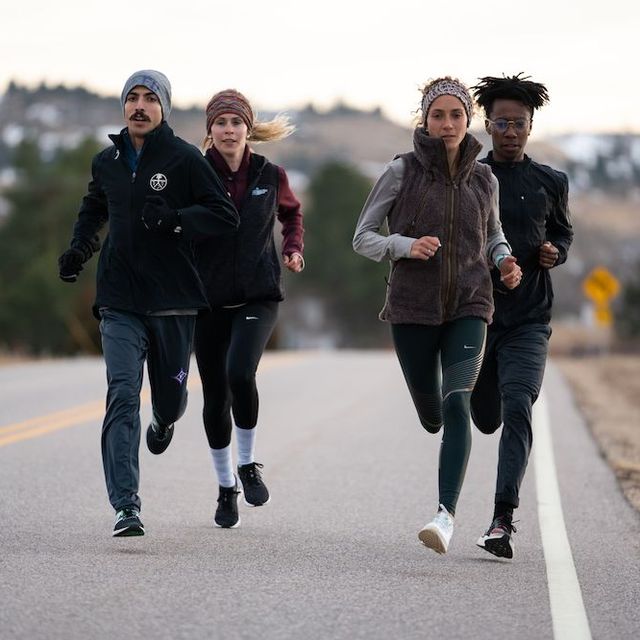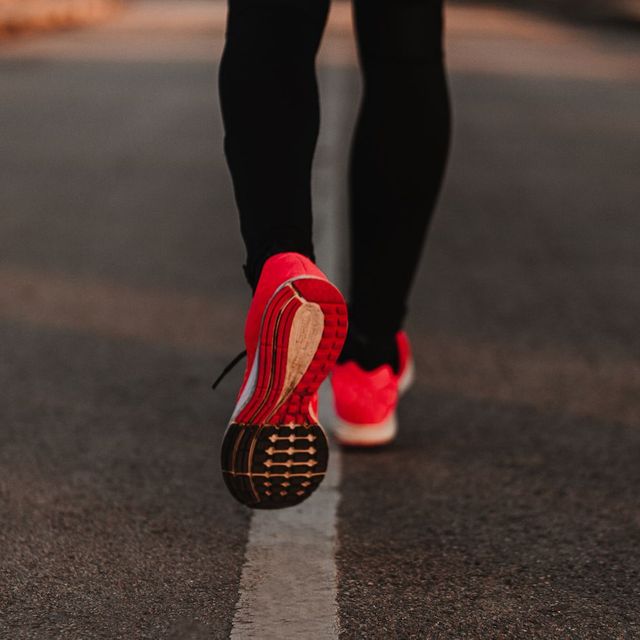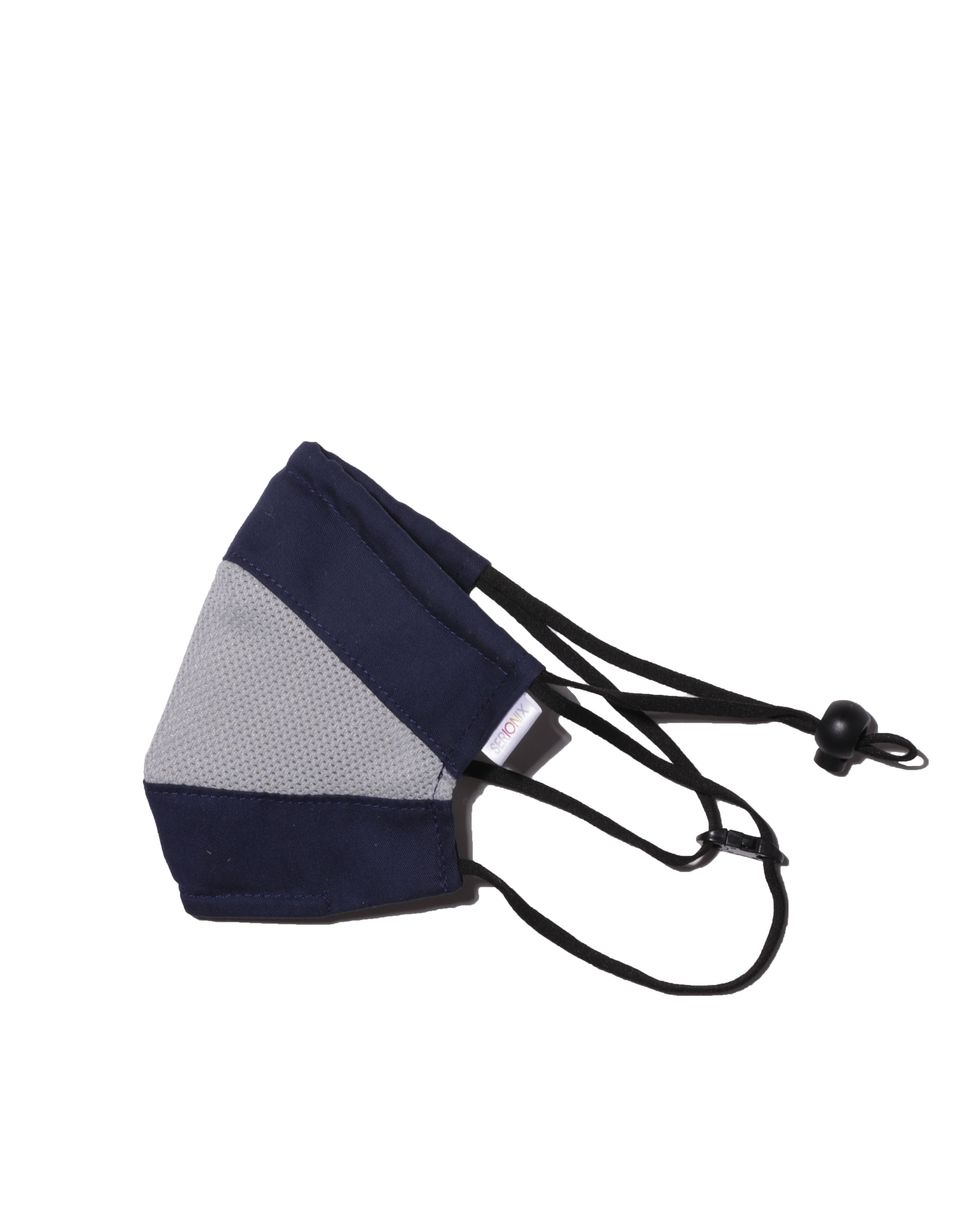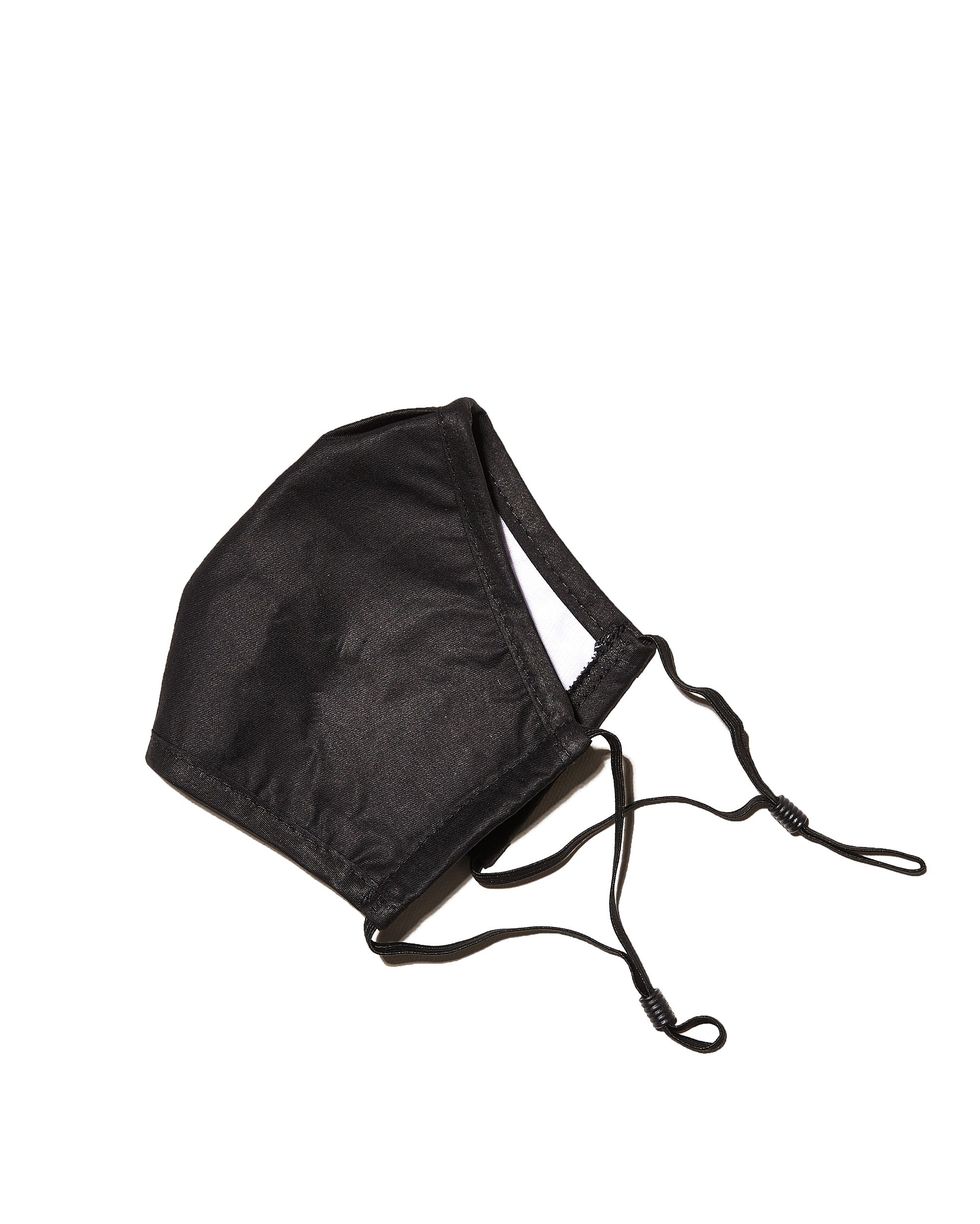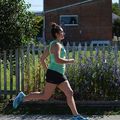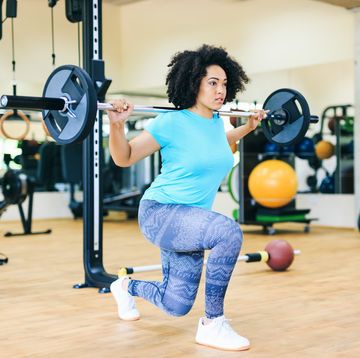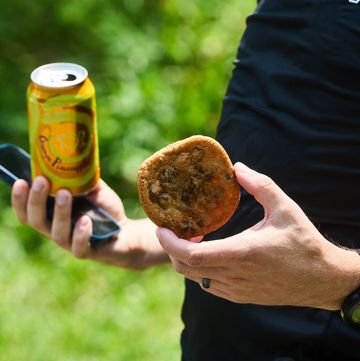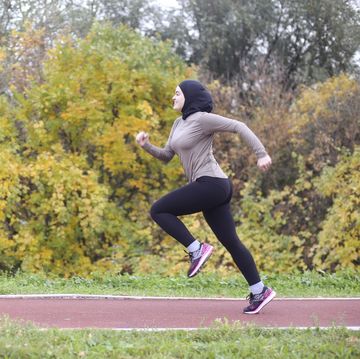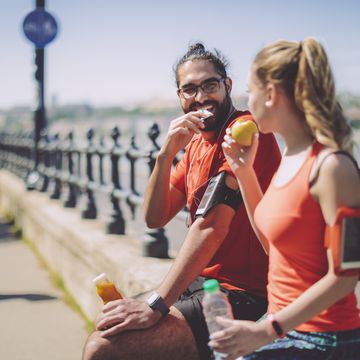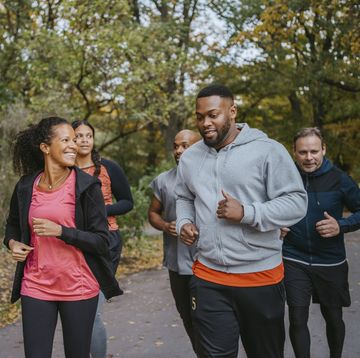This is a rapidly developing situation. For the most up-to-date information, check in with your local health officials and resources like the Centers for Disease Control and Prevention (CDC) regularly. You can find a directory of state health departments here. This story will be updated as new information becomes available.
- COVID-19 is a respiratory illness caused by SARS-CoV-2 (a new type of coronavirus disease), which primarily spreads from person to person through droplets released in the air, according to Johns Hopkins Medicine.
- To help slow the spread of the virus, it’s important to keep a distance of at least six feet or more between yourself and others, practice good hand washing habits regularly, and wear a mask or cloth face covering any time you’re in a public setting where it is difficult to maintain appropriate distance, and remaining home when you’re ill, according to the CDC.
- While there is still no cure and few treatments in clinical trials for coronavirus, two companies Pfizer and Moderna, have vaccines that have been approved for use in the United States, with more in clinical trials.
- Currently, vaccines are being distributed to priority recipients. This varies state-by-state, so check your state health department.
The first U.S. case of coronavirus was confirmed back in January 2020—the man from Washington state was one of over 25 million confirmed with infection from the virus as of January 22, 2021. As the virus continues to spread, it’s important to take steps to protect yourself against the virus and ensure you don’t spread it to others.
To find out more about what the coronavirus is and how to stay at the top of your health, we talked to David Nieman, Dr.PH., health professor at Appalachian State University and director of the Human Performance Lab at the North Carolina Research Campus, Amy Treakle, M.D., an infectious disease specialist with The Polyclinic in Seattle, and Matt Ferrari Ph.D., associate professor of biology in the Eberly College of Science and researcher with the Center for Infectious Disease Dynamics at Penn State, to get the lowdown on what runners need to know about the outbreak.
What Is Coronavirus?
There are seven types of known coronaviruses in the world, according to the Centers for Disease Control and Prevention (CDC), which have often started in animals such as camels and bats. Usually, these coronaviruses don’t infect humans, but three newer types—SARS-CoV, MERS-CoV, and 2019-nCoV—have.
The 2019-nCoV strain of coronavirus that spread in December 2019 is thought to have originated in bats and then spread to humans via a snake or pangolin, but the exact origin is still unknown. However, the CDC states that it still isn’t known why certain coronaviruses spread to people and others don’t. This most recent outbreak originated from a market in Wuhan, China, that sold seafood and live animals. (The Chinese government has since closed the market, Business Insider reported.)
What Are the Symptoms of Coronavirus?
Most coronaviruses cause upper respiratory tract infections, Nieman said, which include symptoms such as a runny nose, headache, cough, sore throat, or fever. However, more severe coronaviruses—such as SARS-CoV and MERS-CoV—can lead to pneumonia or bronchitis, according to the CDC.
MERS-CoV symptoms typically include a fever, cough, and shortness of breath. SARS-CoV symptoms typically include a fever, chills, and body aches. While human cases of MERS-CoV still occur—mostly in the Arabian Peninsula—there have been no cases of SARS-CoV anywhere since 2004, the CDC reports.
The 2019-nCoV coronavirus’ symptoms can include fever or chills, cough, shortness of breath or difficulty breathing, new loss of taste or smell, sore throat, congestion or runny nose, nausea or vomiting, and diarrhea. See the CDC for a full list of symptoms. If you are experiencing any of these, you should contact your doctor. And if you’ve been exposed to someone with a confirmed case of COVID-19 and are experiencing symptoms, you should contact your doctor and consider getting tested.
Am I Contagious If I Have No Symptoms?
You are probably contagious right before you begin to show symptoms, but we don’t know for what time period and we don’t know how contagious. This is one thing we don’t fully understand yet about coronavirus. It’s likely that people are contagious 48 to 72 hours before the onset of symptoms, and that symptoms can develop between three and 14 days after exposure, according to Harvard Health.
In a live session last summer, the World Health Organization (WHO) stated that asymptomatic spread is still a concern. This means you may be able to spread the virus to others without knowing you have it, and others may be able to spread it to you.
Additionally, it’s still unknown when presymptomatic (the time before you start to show symptoms of the virus) spread can occur, so it’s best to continue social-distancing practices, regular hand washing, and wearing a mask or cloth face covering when you are in situations that social distancing will be difficult.
Can Coronavirus Be Treated?
So far, as of January 2021, the new 2019-nCoV coronavirus has infected more than 98.5 million people and killed more than 2.1 million people worldwide. There are more than 25.3 million cases in the United States and more than 400,000 deaths.
Currently, there are two methods of treatment, which the FDA has granted emergency use authorization for non-hospitalized patients, according to Harvard Health. However, these treatments are not given to those who are hospitalized or receiving oxygen therapy.
Two vaccines are approved for full use in the United States according to the New York Times. The United States has begun distributing vaccines to those in healthcare and vulnerable populations, though that varies by state.
“Most people have mild illness and are able to recover at home,” the CDC states, but you can take medications, such as acetaminophen, to alleviate your symptoms. The CDC also recommends getting plenty of fluids and rest to help you recover. If you think you are sick with COVID-19 or may have been exposed, you should contact your doctor. And if you’re concerned about your symptoms or they seem to be getting worse, contact your doctor immediately. If you are experiencing emergency warning signs, such as trouble breathing or pain or pressure in the chest, you should seek medical care immediately.
If you have COVID-19 symptoms or have tested positive for COVID-19, you should refrain from exercise and contact your doctor. New evidence shows that exercise can actually worsen COVID-19 and possibly lead to long-term negative effects.
To prevent contracting coronavirus in the first place, the CDC recommends taking precautions such as washing your hands often (with soap and water for at least 20 seconds), not touching your face with unwashed hands, and avoiding close contact with anyone who is sick or mass gatherings of people.
CDC guidelines have recently been updated to recommend “people age 2 and older wear masks in public settings and when around people who don’t live in your household.” (Guidelines are rapidly evolving.)
And, on January 21, 2021, President Joe Biden signed an executive order which encourages proper mask wearing and social distancing when in public nationwide.
While person-to-person transmission is the main way the virus spreads, according to the CDC, it still may be possible to get the virus by touching a surface that has the virus on it and then touching your face.
“Viruses are spread from people sneezing into their hands, coughing [and not covering their mouths], and touching doorknobs and keyboards. You touch those things and then you touch eyes, nose, or mouth and it’s called self-inoculation,” Nieman said. “Get out of that habit of touching your face with your hands. Especially in crowded spaces like airplanes or trains, those droplets will float around, and you breathe them in and get sick.”
Should You Travel Right Now?
The CDC has three levels of travel alerts:
- Watch - Level 1, practice usual precautions
- Alert - Level 2, practice enhanced precautions
- Warning - Level 3, avoid nonessential travel
The CDC suggests that staying home is the best way to keep yourself and others healthy, so you really should only travel if it’s absolutely necessary. As of right now, the CDC recommends level 3—avoiding any completely unnecessary travel to many international destinations (and many of these destinations aren’t accepting international travelers at this time).
With cold weather in full swing, increasing indoor gatherings, we’re seeing cases and hospitalizations on the rise. The CDC says “Travel can increase your chance of spreading and getting COVID-19. Postponing travel and staying home is the best way to protect yourself and others from COVID-19.”
If you must travel, the CDC has guidelines to follow to help limit the spread of COVID-19. Before you go, consider if you are coming from or traveling to an area of high COVID-19 spread. Additionally, some states have quarantine requirements and restrictions for travelers, so check with your state and the state you are traveling to ahead of time. You can learn more about your destination, and the level of travel alert, from the Department of State website.
How Will This Affect Runners?
Though we are learning more about Coronavirus, there’s still a lot we don’t know.
What we do know is that everyone who is exposed to COVID-19 is at-risk for contracting the virus, according to the CDC. Certain people are more at-risk for becoming severely ill and even requiring hospitalization, such as those who are older or with underlying health conditions.
“In general, for runners who are going through their normal training—and not overtraining—the training program enhances the ability of the immune system to detect and deal with pathogens. Runners are, in fact, less likely to get ill with an upper respiratory tract infection like coronavirus,” Nieman said. The exception? Those who are overtraining or who have just completed a race. Research shows that regular light to moderate exercise can help bolster the immune system, but excessive exercise can weaken it.
[Smash your goals with a Runner’s World Training Plan, designed for any speed and any distance.]
And, if you are experiencing any symptoms of the coronavirus or have tested positive for COVID-19, you should stop exercising immediately and speak with a doctor or sports cardiologist. New evidence shows that exercise can actually worsen COVID-19 and lead to negative long-term effects such as myocarditis.
Otherwise, while it’s still safe (as of now) to run outside—by yourself or with a trusted training partner—if you’re sick or at-risk of spreading the virus, you shouldn’t go out to protect the general public and those at high-risk including the elderly or immunocompromised.
As we previously reported, physical distancing, regular hand washing, and wearing a mask or cloth face covering where distancing is difficult are the best safety practices right now. (Guidelines are rapidly evolving.) Be sure to check your local public health recommendations and the current health mandates in your area, found on your state and local government website before heading outside for a run. (You can find a directory of state health departments here.)
In terms of common running habits like spitting and snot rocketing, Treakle previously told Runner’s World that stray spit and mucus could pose a risk of contracting COVID-19 to others and you should avoid doing it.
“This virus is highly contagious and transmissible, and it appears we cannot be too careful,” Nieman says.
How Is Coronavirus Affecting Running Events?
Due to the spread of Coronavirus, most of the major races have been postponed for the year, including the New York, Boston, and Chicago Marathons, the Olympics, and all NCAA Division I Championships. Additionally, the 2021 NYC Half has been canceled. Before signing up for races in 2021, check the race website for coronavirus-related cancellation details.
If you signed up for a race not on this list, please contact the race director for information on whether or not it is postponed or canceled.
If your race is not canceled, be sure to find out what your race is doing before deciding to run—and be sure you aren’t feeling sick. You’ll want to consider the risk factors such as size of the race and how the start is staggered or how runners will be spaced out on the course. If there is a virtual option, that is still the best way to ensure the health of yourself and others.
Keep in mind CDC guidance states that events that involve large gatherings, especially of people who live in different households and may have traveled from different areas are high risk, especially if it’s not possible to maintain social distancing. Additionally, depending on where the race is being held, there may be restrictions on the size of group gatherings to help slow the spread.

